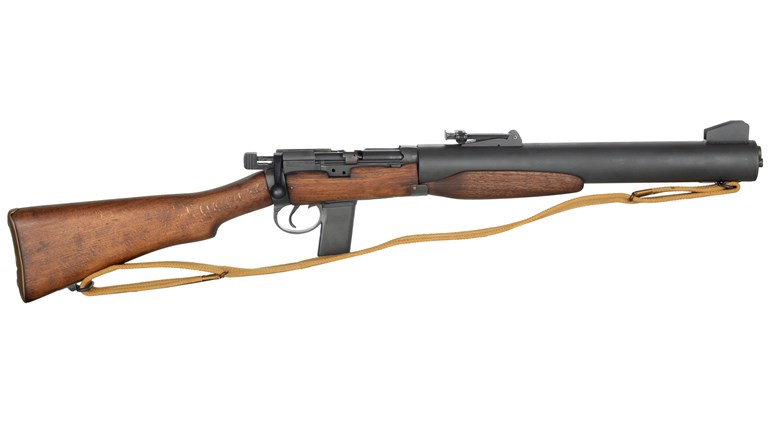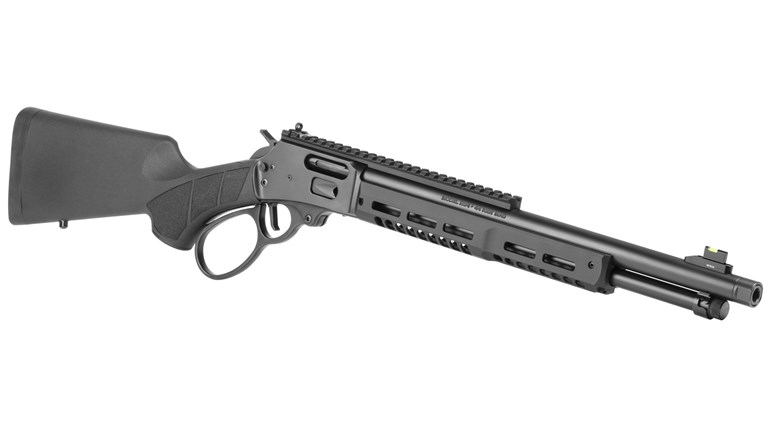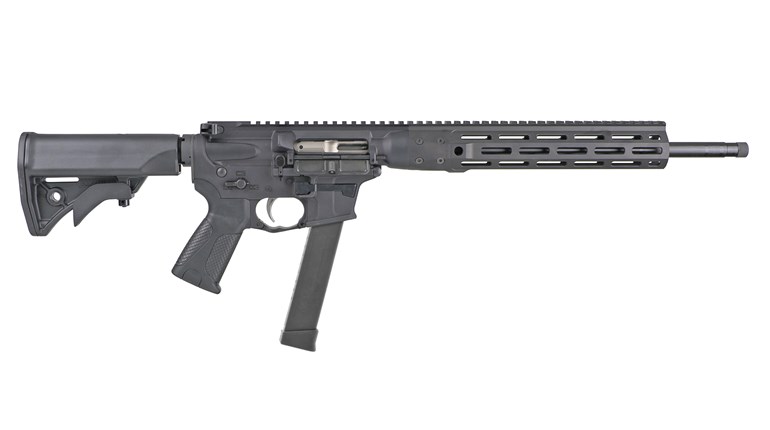
Even 70 years hence, few events evoke more angst and soul-searching than the use of two atomic bombs against the Empire of Japan in the closing days of World War II.
That the devices were dreadful has been well documented: From John Hersey’s 1946 novel to literally dozens of scholarly works since, the human cost remains difficult to bear. That a second device was employed a mere three days after the first seems nearly incomprehensible.
But 70 years have rendered the context of the times a casualty too. Almost every modern objection—and many were encountered during our research—was considered at the time. Perhaps most obvious was the lack of a demonstration of the terrible destructive force of a fundamentally new and almost inconceivable weapon. Arthur Compton, Nobel laureate and leader of the Manhattan Project’s metallurgical lab, later recalled such discussions in May 1945: “(It) was an intricate device … a faulty move might easily result in some kind of failure. Such a (failed) end to an advertised demonstration of power would be much worse than if the attempt had not been made.”
A demonstration was reconsidered in June, but James Franck (also a Nobel Prize winner) said, “We can propose no technical demonstration likely to bring an end to the war.” With the technology in its infancy, the necessary materials were in short supply: The U.S. possessed only two bombs anyway. As an air-dropped bomb, neither the uranium-gun device (“Little Boy,” as dropped on Hiroshima) nor the plutonium-implosion device (“Fat Man” as dropped on Nagasaki) had ever been tested. (The single Trinity test was of a stationary device of the implosion type.)
Target selection is also much debated, although rationale at the time was complex. A major complication in the choice was how difficult the end of the air war in the Pacific was proving to be. In Europe, both daylight (mostly by the U.S. Army Air Corps) and nighttime “precision” bombing (by other Allied air arms) had slowly become more and more effective. Crucial military or infrastructure facilities could be attacked because they were large and immobile: Schweinfurt-Regensburg, Germany, (to disrupt ball bearing production) and Ploesti, Rumania, (oil refining) are two well-known examples.
Yet despite the presence of the Boeing B-29 “Superfortress” in the Pacific Theater, such tactics were proving unsuccessful against Japanese war industries. The expensive, long-range SuperForts were the height of technology at the time, but were troublesome and somewhat mishap-prone. Even if they’d worked as hoped, much of Japanese production was widely dispersed, even into what would have been considered private residences. In January 1945, such precision attacks were abandoned.
Instead, devastating incendiary attacks were commenced. In all, more than 100 Japanese cities were bombed in this fashion. The effects were devastating in military terms, but had little effect on Imperial planning despite losses that would dwarf those of both eventual atom bombs combined. Rather than seriously seek an end to the war (though tentative exploration was made through Russian channels), experienced frontline Japanese troops were recalled from China and more than 20 million civilians mobilized. Training for the defense of the Japanese home islands was prepared, including, if necessary, massive cadres armed only with spears.
This attitude may have been the linchpin on both sides: The Japanese people had no say in the conduct of the war, nor how long, even in a grueling defense, it might continue. In human terms, casualties might quite literally have been uncountable on the Japanese side. Even 70 years hence, few events evoke more angst and soul-searching than the use of two atomic bombs against the Empire of Japan in the closing days of World War II.
Allied apprehensions ran a similar course. President Harry Truman’s Memoirs (1955) estimated invasion fatalities at half a million; Secretary of War Henry L. Stimson’s estimate was twice that. Winston Churchill augured half a million Commonwealth troops would have been lost in the planned November invasion of the Japanese homeland. Allied deaths alone could, therefore, have been nearly 10 times the Hiroshima and Nagasaki tolls.
The many reasons that put Col. Paul Tibbets’ “Enola Gay” over Hiroshima on Aug. 6 were complex, to say the least. At roughly 8:16 a.m., warfare entered the atomic age. It was only 20 minutes or so before the Imperial General Staff knew something was seriously wrong.
President Truman announced the attack to the American people, providing in part a justification and warning: “If (the Japanese) do not now accept our terms, they may expect a rain of ruin from the air, the like of which has never been seen on this earth.” Despite this, and the conclusive warnings of Japan’s own atomic experts, American code breakers intercepted Japanese messages to the effect that not many more American weapons could exist: “There would be more destruction but the war would go on.”
In retrospect it seems impossible that a second bomb would be necessary. But as they had done with Allied overtures all through July (the Potsdam Declaration), the Japanese pursued a policy of mokusatsu: “Kill by silence,” still hoping for terms that would allow the Imperial institutions to remain, that Japan would never be occupied, that the armed forces be disbanded voluntarily, and that any war crimes prosecutions would proceed in Japanese courts.
Nagasaki had largely been spared earlier attacks because its geography made the city difficult to find by the targeting radar of the B-29. But as a military target, it was enticing: Four major defense plants were sited there, and more than 85 percent of the city’s population worked in those industries.
In the end, the city’s fate would be sealed by bad visibility. The intended target of Kokura was obscured by smoke, partly from a conventional raid by B-29s on nearby Yahata on the previous day, but also by the intentional burning of coal tar by the Yawata Steel Works to produce obscuring black smoke. With more than two-thirds of the city hidden, the aiming point for “Fat Man” was lost. B-29 “Bockscar” commander Major Charles Sweeney diverted to the secondary target for the mission.
On Aug. 9, 1945—70 years ago this week—Nagasaki became the second, and hopefully last, intentional target of a nuclear weapon.



































